Battery balancing maintenance is of vital help in extending the life of car batteries, maintaining cruising range, and reducing battery failures.
Next let’s talk about the principle:
When lithium-ion batteries are installed in cars, in order to meet the energy and voltage requirements, hundreds or even thousands of single cells/cells need to be combined into modules in series and parallel, and then multiple modules are fixed in the battery pack, and assembled on the car chassis.
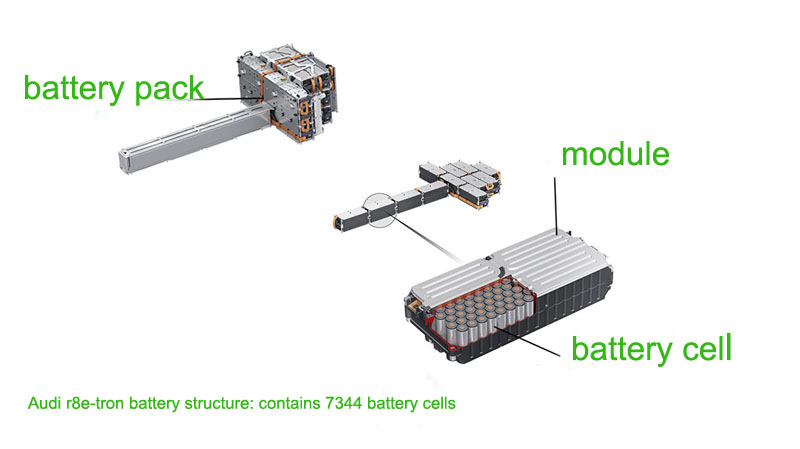
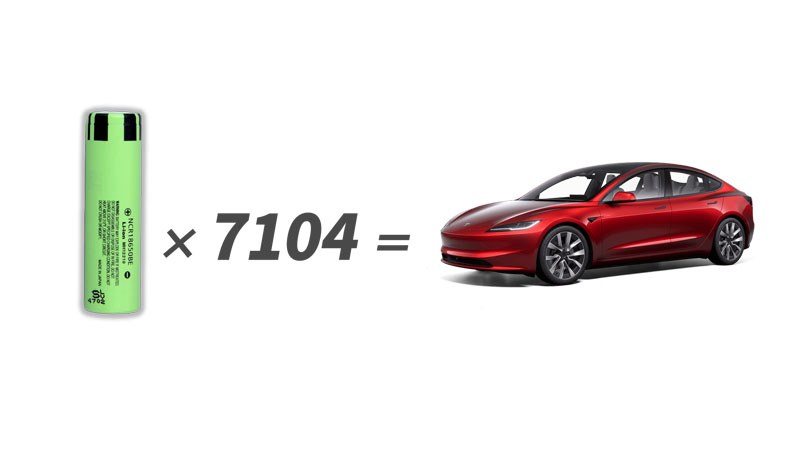
So many small single cells are closely combined to store electrical energy and provide the driving force for the car.
In theory, these single cells should have exactly the same characteristics, but in fact, due to fluctuations in process parameters related to the manufacturing and production process, there are still certain differences in performance even among lithium-ion batteries from the same batch.
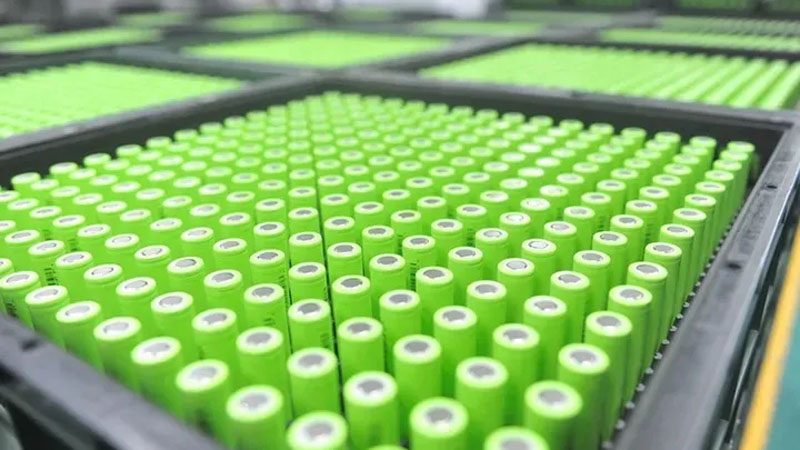
After combined welding, differences will increase due to the influence of the direction and length of the connecting piece and the welding process.
During long-term use, cars are constantly charged and discharged, resulting in uneven performance between single cells.
Single batteries with reduced capacity are commonly known as backward batteries or attenuated batteries. Attenuated batteries have the characteristics of small capacity and large internal resistance. Whether during charging or discharging, they generate the highest degree of heat. When the temperature is too high, "thermal runaway" failure can easily occur, causing explosions, fires and other accidents.
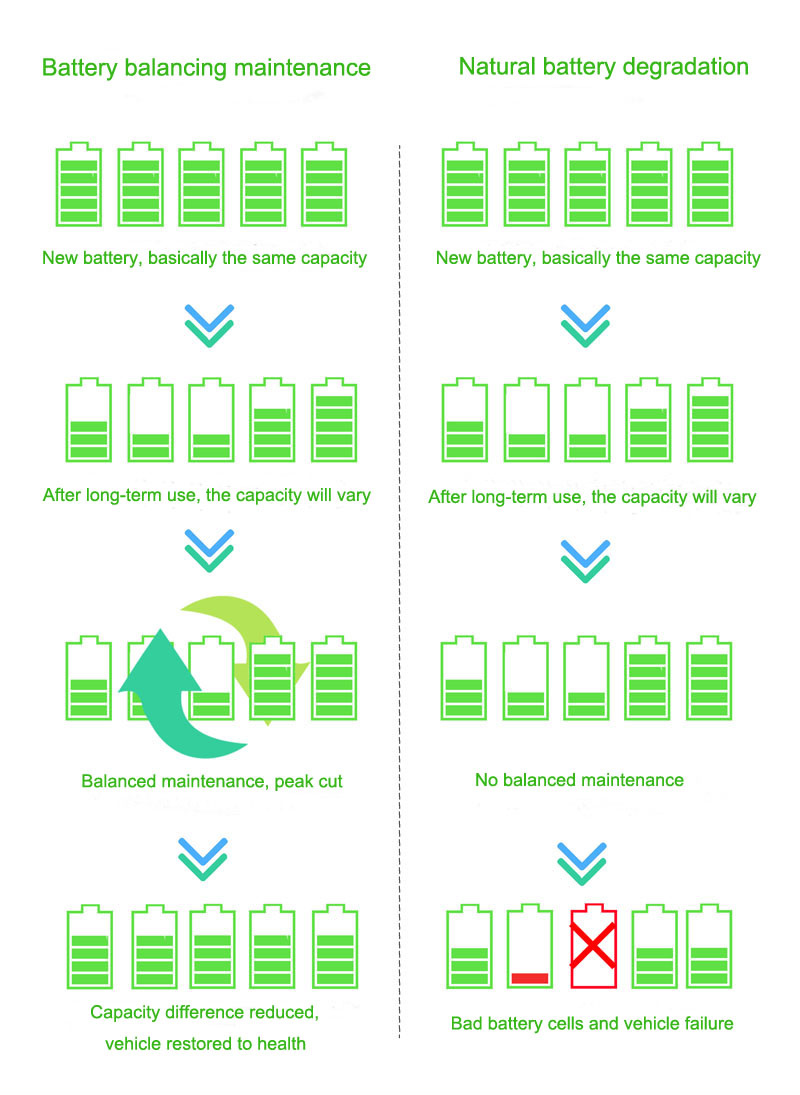
The car's battery management system uses a principle similar to the barrel effect to manage the battery. It is a single battery with the smallest capacity that determines the capacity of the entire car battery.
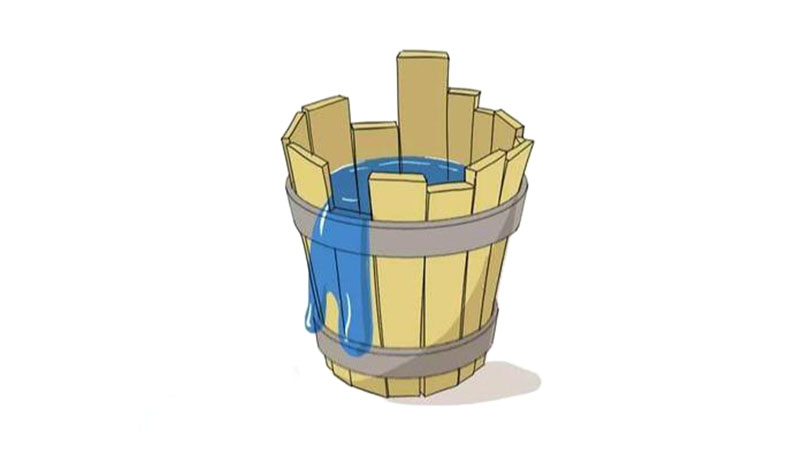
If battery balancing maintenance is not performed regularly, the vehicle battery will develop "shortcomings" more quickly, resulting in reduced battery life.
Balanced maintenance is to use a professional balancing maintenance instrument to charge and discharge with a small current, so that the capacity of each single battery becomes consistent again, extending battery life and ensuring driving safety.
Return